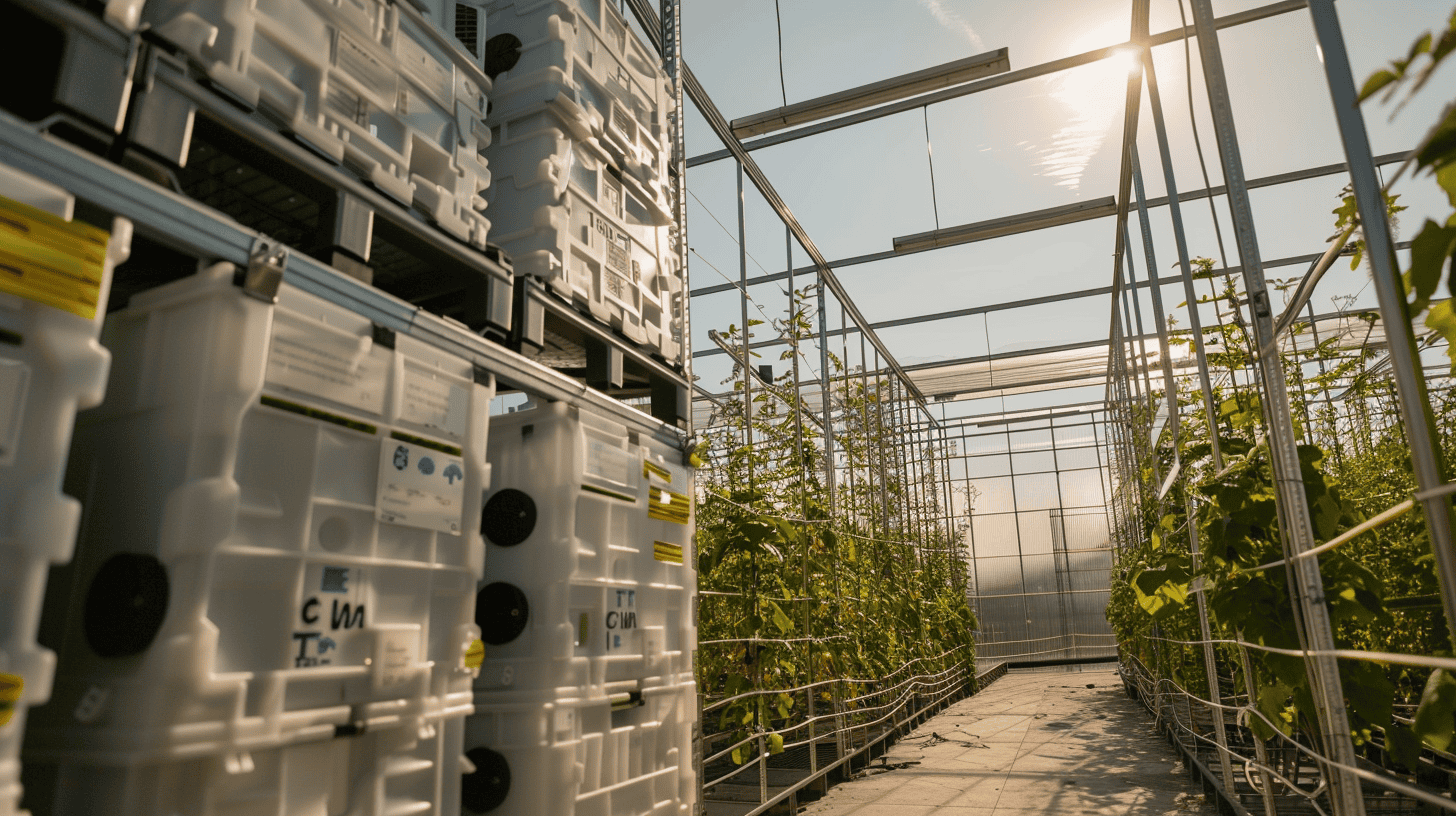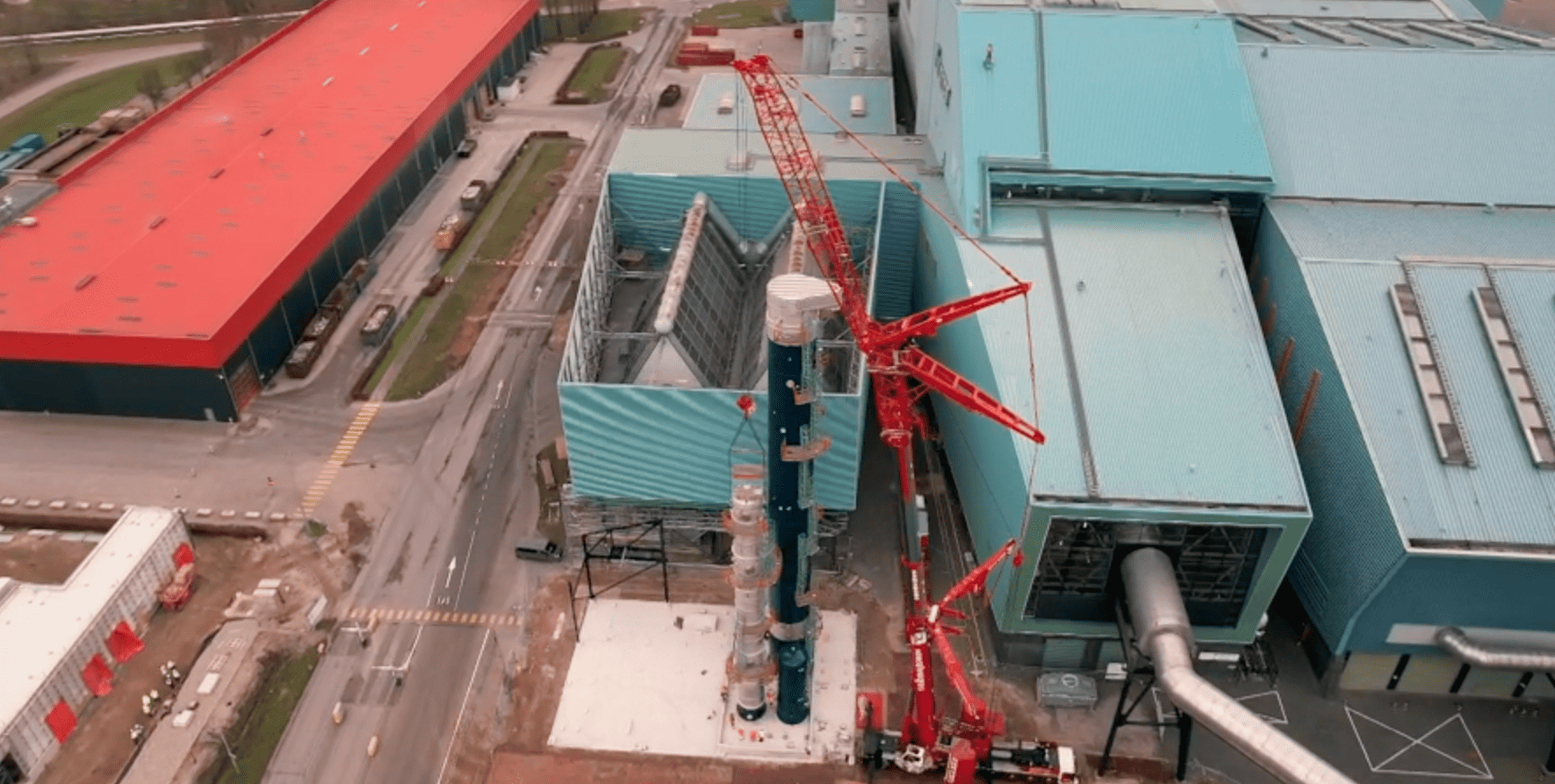
Despite ambitious targets set by the Paris Agreement, new research indicates that the current pace of carbon dioxide removal from the atmosphere is insufficient. The study, conducted by the Mercator Research Institute on Global Commons and Climate Change projects that by 2050, we may only manage to increase annual CO₂ removal to 1.9 gigatons, a distressing shortfall against the 5.1 gigatons required to limit warming to 1.5 degrees Celsius. We need innovative technologies to achieve climate goals, the study stresses.
Why you need to know this:
Innovative technologies such as carbon capture devices could help us tackle the climate crisis.
The gravity of the situation
Current CO₂ removal methods, such as planting forests and cultivating energy crops, are not ambitious enough. The IPCC’s alternative scenario requires 2.5 gigatons of CO₂ removal by 2050, contingent on reduced global energy demand through policy-led changes. Yet, even this lower target seems out of reach with existing strategies.

The role of innovative technologies
The research calls attention to the need for scaling up not just existing CO₂ removal methods, but also investing in innovative technologies. Enhanced weathering with crushed rock and specialized installations are among the novel approaches that could potentially increase CO₂ removal rates. However, these technologies are still in their infancy, removing only a fraction of what is necessary to make a meaningful impact on global warming.
A call to action
This stark prognosis serves as a challenge to world leaders, policymakers, and innovators to redouble their efforts and seek out more effective solutions to combat climate change.







